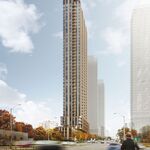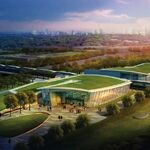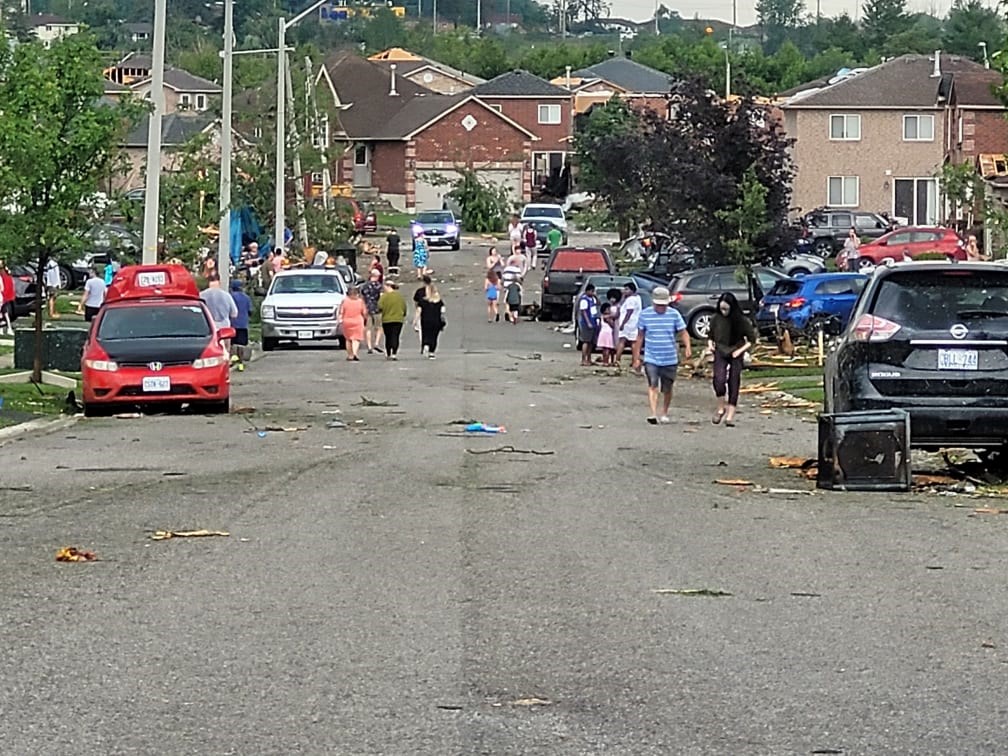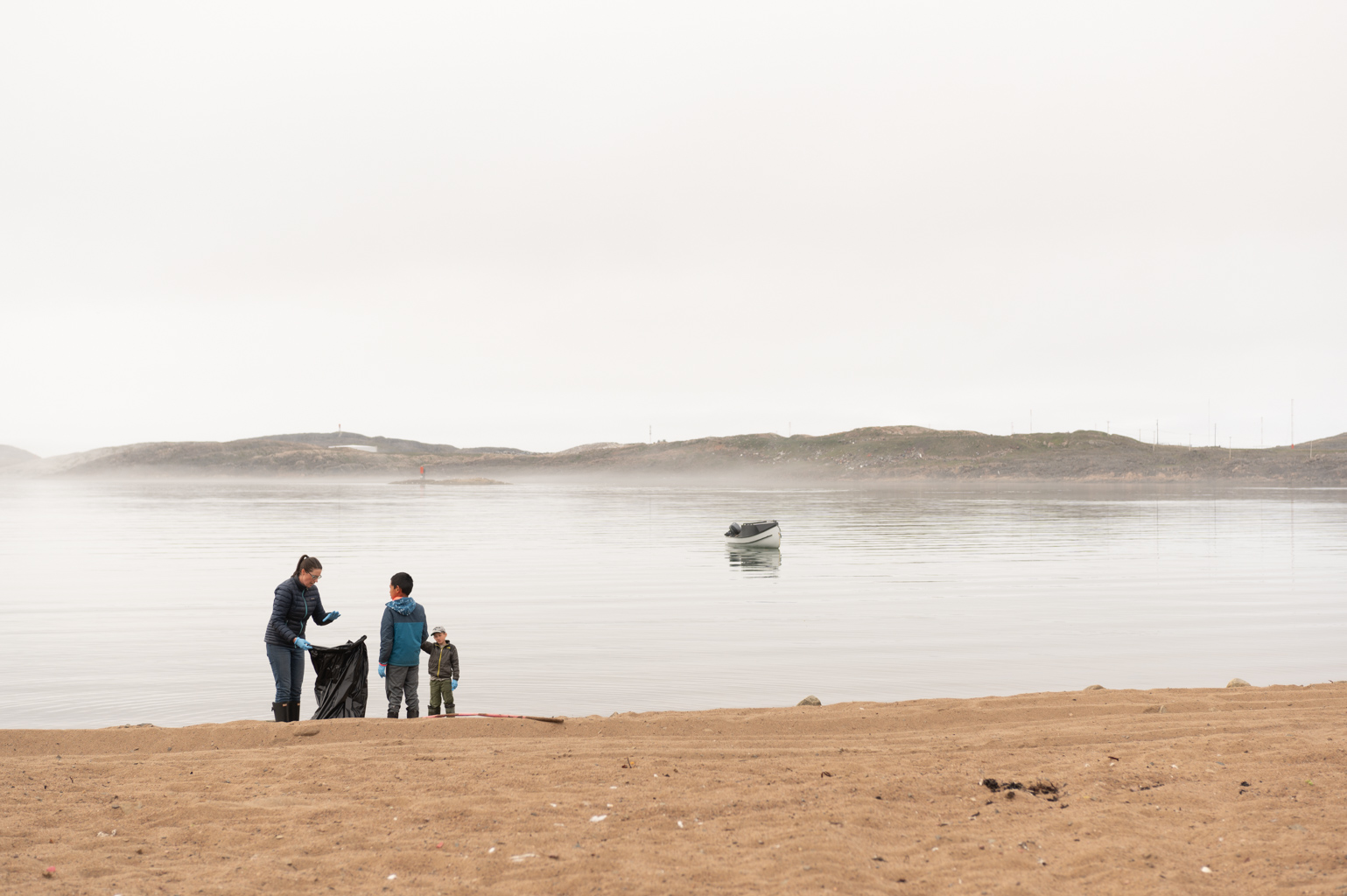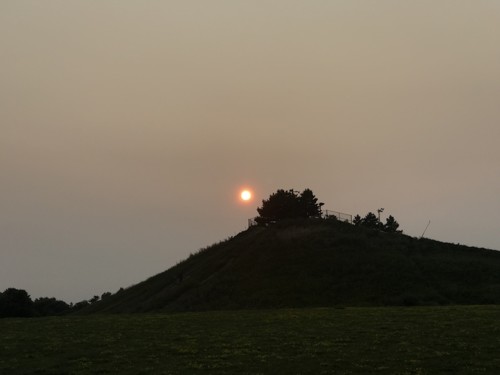If those other jurisdictional update requirements include residential, I wasn't aware. I assume their rules are similar to ours regarding home renovations that trigger an updated code cycle. Building codes and manufacturers specify installation standards, fastener type, size, spacing, etc. When we had our deck rebuilt, it was inspected three times; I can't say I've ever seen an inspector on a roof looking at nailing patterns.
I was trying to study some of the media footage last night and it does appear that there was some uplift to roof structures, likely caused by wind entry via openings (open/damaged windows). I'm always amazed at the fickleness (for want of a better word) of tornadoes. One house with extensive structural damage yet its neighbour with nary a shingle missing. I was part of the response to the 1985 event and recall two adjacent backyards, both with in-ground pools. One was sucked dry and the other still had its solar blanket on. Weird.
 www.instagram.com
www.instagram.com
 www.instagram.com
www.instagram.com
